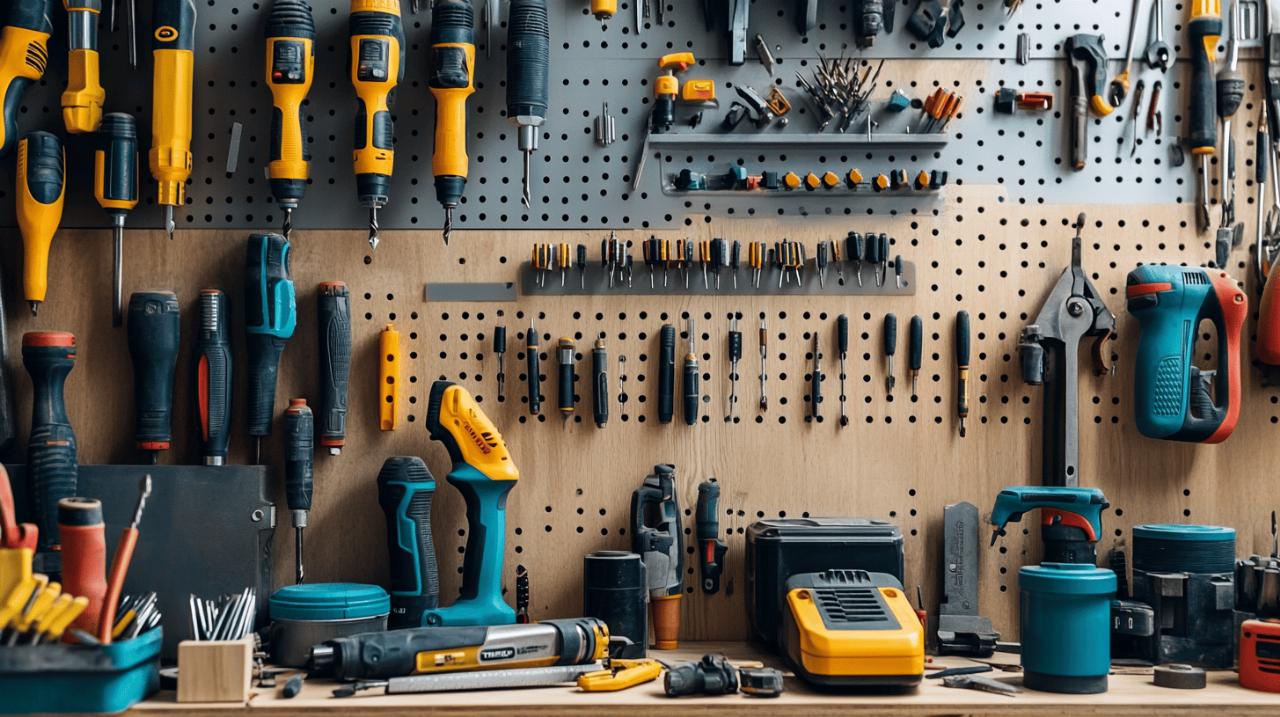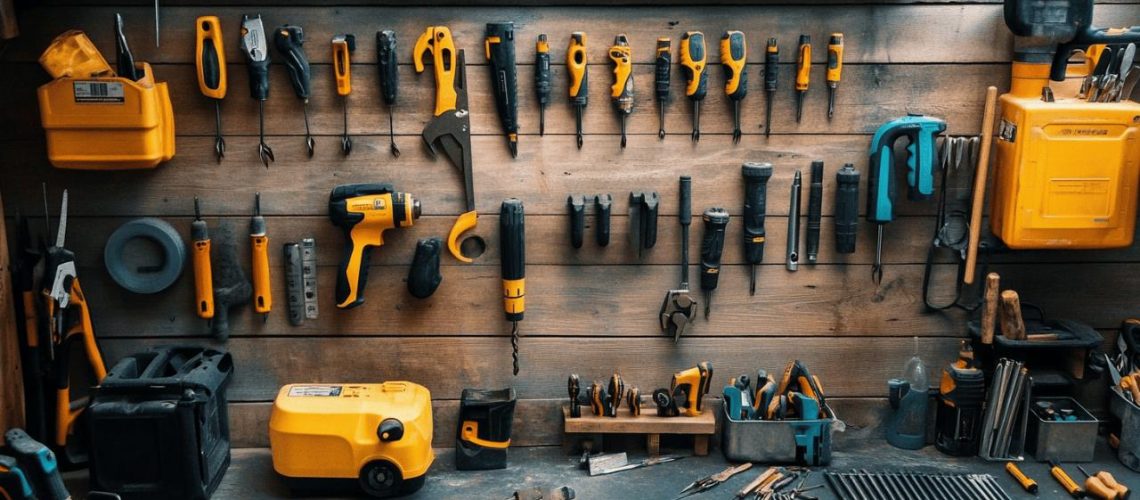When it comes to DIY projects around the home, having the right power tools at your disposal can make all the difference between a professional-looking finish and a frustrating experience. Whether you’re a novice handyperson or a seasoned DIY enthusiast, selecting appropriate tools for your skill level and project requirements is crucial. This guide will help you navigate the sometimes overwhelming world of power tools to make informed decisions that align with your specific needs and budget.
Evaluating your project requirements
Before rushing to purchase any power tools, it’s essential to thoroughly assess what your upcoming projects will entail. The team at Kamerolli Building Supplies suggests that careful planning can prevent unnecessary expenses and ensure you have exactly what you need for your DIY adventures. Consider the scope, complexity, and frequency of your planned projects to determine which tools would be most beneficial in your collection.
Matching tool functions to task demands
Different DIY tasks require specific tools designed for particular functions. For beginners, three essential power tools form the foundation of any toolkit. A cordless drill/driver is perhaps the most versatile, perfect for assembling furniture, hanging shelves, and installing fixtures like curtain rods. An orbital sander proves invaluable for smoothing surfaces when refinishing furniture or preparing wood for painting. Meanwhile, a jigsaw enables both straight and curved cuts, ideal for creating custom shapes, patterns, and even toys.
As your skills advance to an intermediate level, you might consider adding a circular saw for straight cuts in wood and plywood when building shelves or constructing deck frames. An impact driver makes quick work of driving screws, particularly useful for decking projects or attaching heavy fixtures. A router allows you to add decorative edges to shelves, hollow out areas, and create grooves, elevating the aesthetic quality of your woodworking projects.
Creating a prioritised tool acquisition plan
Rather than purchasing every tool at once, develop a strategic acquisition plan based on your immediate needs and future projects. Consider which tools will see the most frequent use and prioritise these in your budget. For most homeowners, a quality cordless drill represents the best initial investment, followed by basic cutting and sanding tools.
When planning your tool collection, also consider whether corded or cordless options better suit your working style and environment. Corded tools provide consistent power for extended use, while cordless tools offer greater portability and convenience, especially in areas without easy access to power outlets. If selecting cordless options, lithium-ion batteries are generally preferred due to their longer life and faster charging times compared to older battery technologies.
Quality considerations and brand selection
The marketplace is flooded with power tools across various price points, making it challenging to determine which offers the best value. While budget constraints are a reality for most DIY enthusiasts, viewing quality tools as an investment rather than an expense can save money in the long run through increased durability and performance. 
Identifying reputable manufacturers
Branded tools generally offer superior quality, reliability, and customer support compared to generic alternatives. Established manufacturers have reputations to maintain and typically invest more in research, development, and quality control. This translates to tools that perform better, last longer, and come with more comprehensive warranties.
When researching brands, look beyond the marketing to examine their track record in the industry, the breadth of their product range, and the availability of spare parts and accessories. A manufacturer that offers a complete ecosystem of compatible tools can provide significant advantages as you expand your collection, especially with battery-powered systems where interchangeability between tools can represent substantial cost savings.
Balancing Price with Performance and Durability
While premium tools command higher prices, they typically offer enhanced features that improve both performance and safety. Look for tools with protective guards, auto-stop functions, and safety locks. These features not only protect you during operation but can also prevent damage to the tool itself and your workpieces.
When evaluating value, consider the total cost of ownership rather than just the initial purchase price. Factor in the expected lifespan of the tool, the cost and availability of consumables and replacement parts, and the length and terms of the warranty. A slightly more expensive tool that lasts twice as long ultimately represents better value than a cheaper alternative that requires frequent replacement.
Remember that safety should never be compromised to save money. Always budget for appropriate safety gear, including safety goggles, gloves, ear protection, and dust masks when operating power tools. The cost of this equipment is minimal compared to the potential consequences of neglecting proper safety precautions.
By carefully assessing your project requirements, prioritising tools based on your needs, and investing in quality equipment from reputable manufacturers, you can build a collection of power tools that will serve you reliably through countless DIY projects, from simple home improvements to complex woodworking endeavours.

